Reportar esta entrada
Más sobre la misma comunidad-colección
Invitados en la fiesta de bienvenida en la joyería Ben Bridge Jewelers
Guests at the meet and Greet Party at Ben Bridge Jewelers
Invitados en la fiesta de bienvenida en la joyería Ben Bridge Jewelers
Representative from Roberto Coin Jewelry at the Meet and Greet ...
Día de la Historia de Texas - 2016
The Texas History Day silver medalists are (left to right) Tommy ...
Día de la Historia de Texas - 2016
The members of the Lincoln Middle School group (in no order) ...
El Palacio de Justicia de los Estados Unidos de El Paso - 1936
The El Paso U.S. Courthouse, also known as El Paso Federal ...
Pete Melendez boxeador local de El Paso 1933-2009
" Award winning sports journalist Ray Sanchez wrote in his ...
Edificio W.S. Hills - El Paso, Tejas
In 1936, Tom Lea had his studio in the second floor of this ...
Escuela intermedia Capt. Walter E. Clarke - El Paso, Tejas
Capt. Walter E. Clarke opened its doors in 1993 with a ...
Escuela intermedia Col. John O.Ensor
The school is named after Colonel John O. Ensor. It opened its ...
Escuela intermedia Salvador H. Sanchez - El Paso, Tejas
Home of the Warriors, Salvador H. Sanchez Middle School, opened ...
Escuela intermedia SPC. Rafael Hernando III
Specialist Rafael Hernando III Middle School opened in 2007. The ...
Escuela intermedia SSG. Manuel R. Puente - El Paso, Tejas
Located at 3216 Tim Foster, the middle school was named after ...
El Premio de Oro MUSE para Instalaciones Multimedia - 2016
The MUSE Gold Award for Multimedia Installations given to the El ...
Escuela intermedia William D. Slider
William D. Slider Middle School is a year-round school and ...





















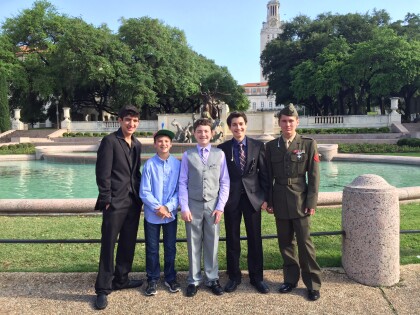
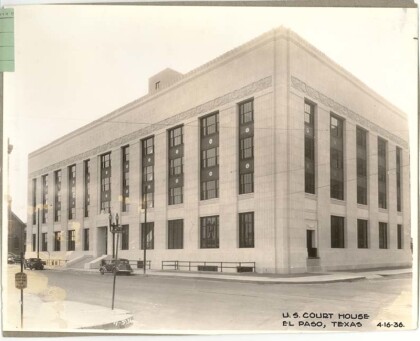
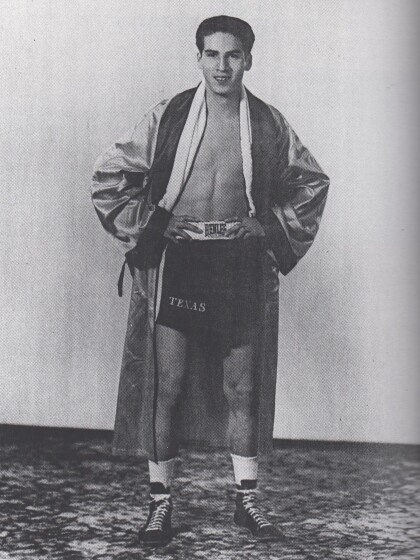
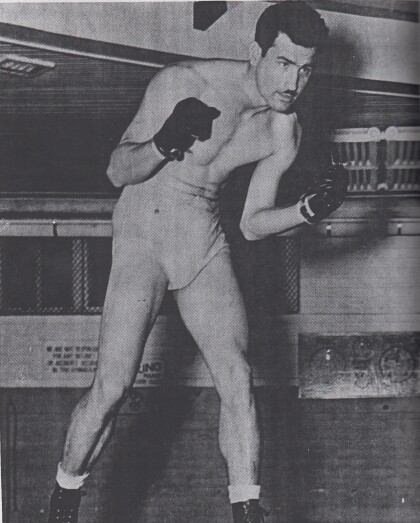
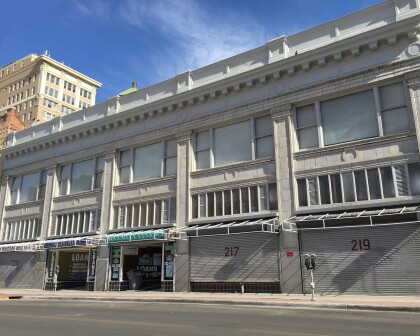
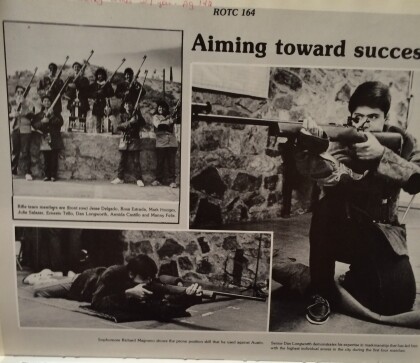
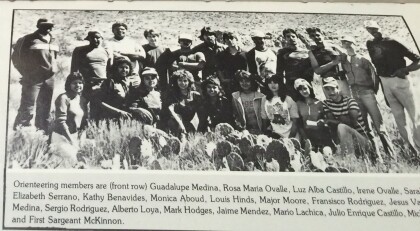
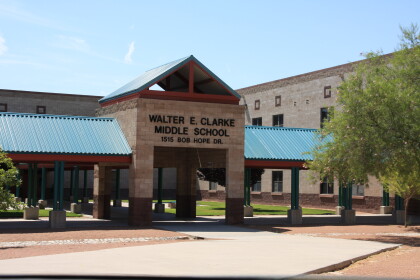
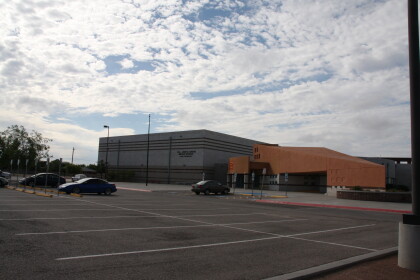
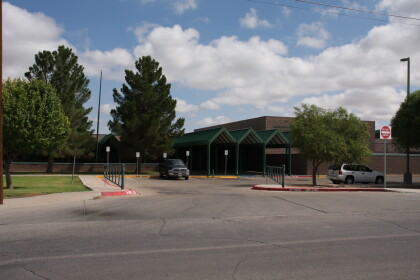
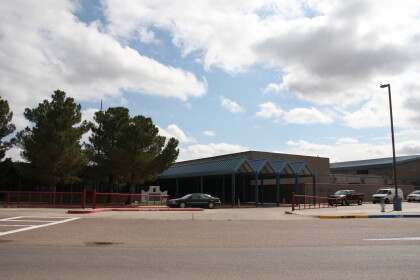
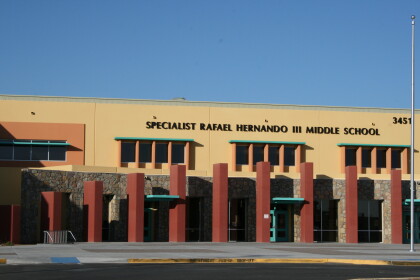
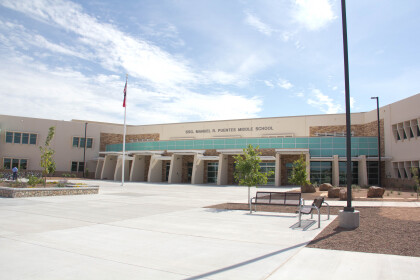
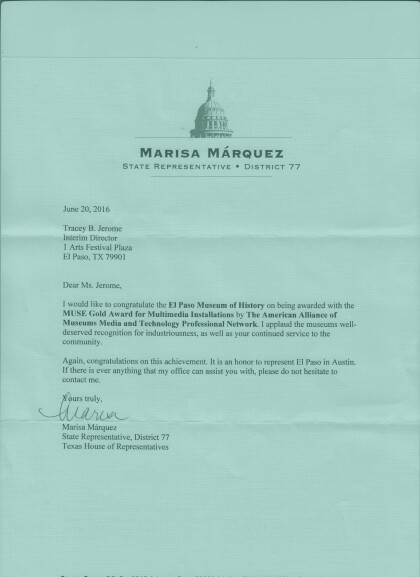
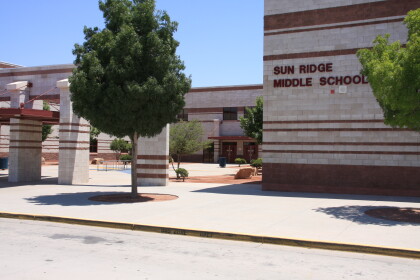
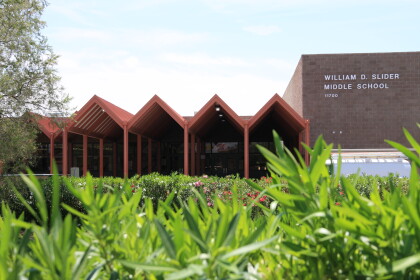
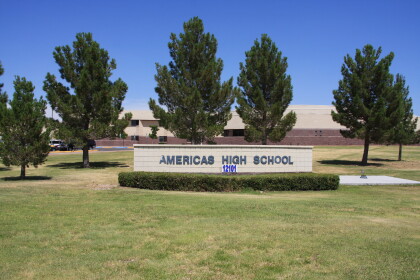
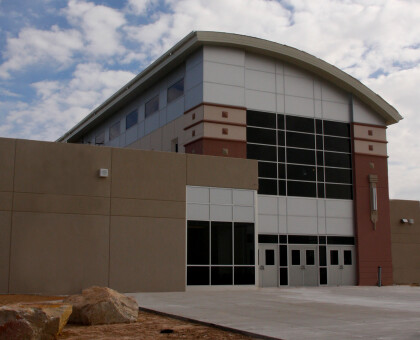
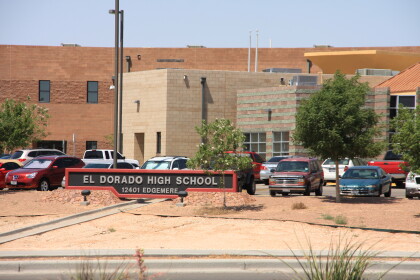
Comentarios
Hacer un comentario